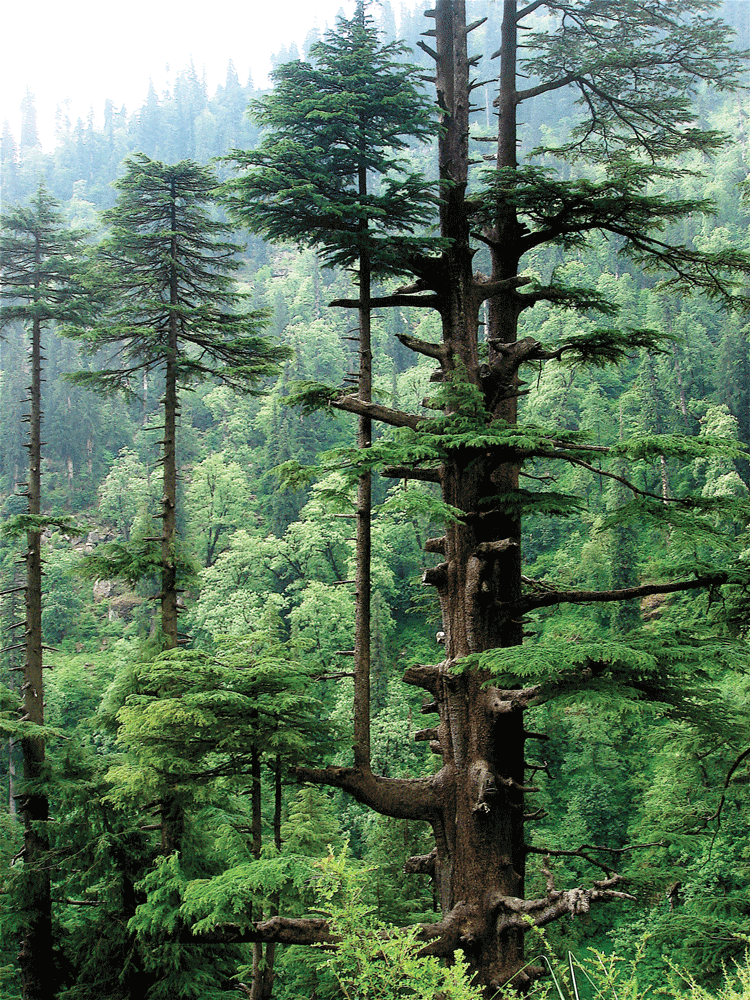Ropes & Knots
Anyone who spent any amount of time in the wilderness understands how important ropes and knots are to the basic functions of survival. For example, they are needed to secure equipment or to lash together logs to create a raft using rope, cordage, paracord and natural fibers.

> Never tie a knot you cannot untie.
— JAMIE L BURLEIGH, ONEFOOTINTOTHEWILD.COM
> A knot is the weakest part of the rope when it is tied, and it will make the rope even weaker if it is not tied properly.
— ALEXANDER STILWELL, THE ENCYCLOPEDIA OF SURVIVAL TECHNIQUES
> Learn jam knots to conserve your cordage supply. Learn joining knots so if you ever needed to cut your ropes or cordage you can quickly splice them together. Also, learn to add a safety or stopper knots to your knots and lashings for added security.
— JAMIE L BURLEIGH, ONEFOOTINTOTHEWILD.COM
> When you need to utilize tree barks as cordage, try to collect them in the spring when the “sap is up.” If you are not lucky enough to be in the right season, you can soak old dead falls and branches in water overnight. This process separates the wood and bark layers. Natural cordage is easier to make when slightly wet, and it shrinks and tightens up when dried.
— JAMIE L BURLEIGH, ONEFOOTINTOTHEWILD.COM
> The fibrous leaves of the yucca plant make excellent natural cordage with which to weave rope or small baskets.
— CREEK STEWART, BUILD THE PERFECT BUG OUT SURVIVAL SKILLS

> Rootlets, small roots especially from pine and spruce trees, can make excellent cordage. They are flexible and very tough.
— CREEK STEWART, BUILD THE PERFECT BUG OUT SURVIVAL SKILLS
The cedar tree is known for having very fibrous inner bark. To access it, make a cut through the outer bark and the white inner bark and then peel upward. Both layers will peel in long strips and the inner bark can be separated.
— CREEK STEWART, BUILD THE PERFECT BUG OUT SURVIVAL SKILLS
My favorite cordage plants are milkweed, dogbane, and stinging nettle. I’ve also harvested decent cordage from cattail, horseweed, burdock, and many grasses.
— CREEK STEWART, BUILD THE PERFECT BUG OUT SURVIVAL SKILLS

If you were to learn only one knot, make it the bowline. This knot and its variants are some of the most widely used loop knots, largely because they are relatively simple to tie and have a high level of security.
— ALEXANDER STILWELL, THE ENCYCLOPEDIA OF SURVIVAL TECHNIQUES
Editors Note: A version of this article first appeared in the May 2015 print issue of American Survival Guide.


